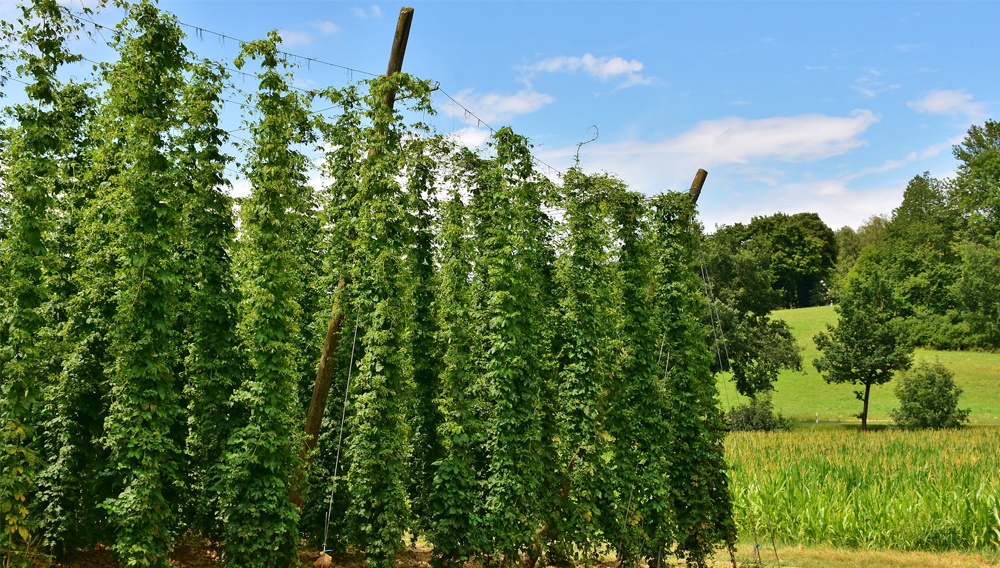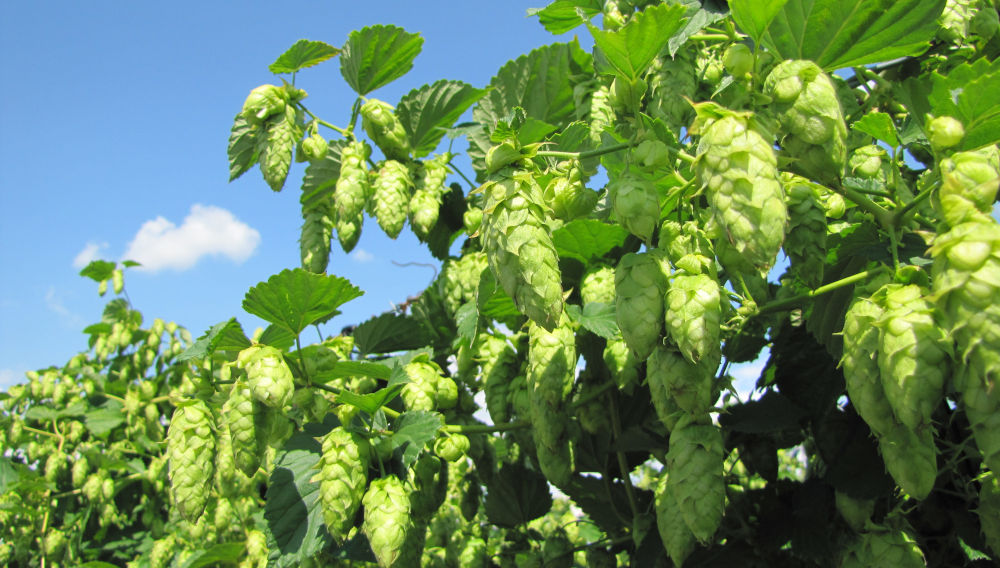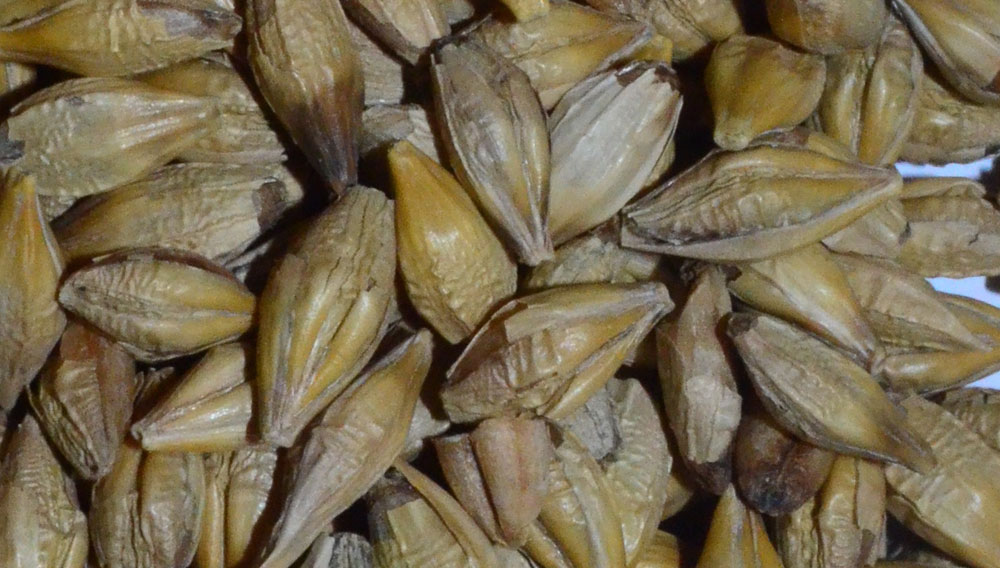
Malt receipt | Analysis of malt for various qualitative analytical characteristics has the practical purpose of assuring the specified and/or required quality so that it can be processed afterwards in the brewery without any upsets. Additional information such as malt variety, malt modification or malt type (colour) can also be obtained. Despite suitably executed methodology, it is often perceived that malt analysis is viewed very uncritically, apart altogether from being judged for plausibility. Results of malt analysis are thus often interpreted inappropriately in day-to-day operation.
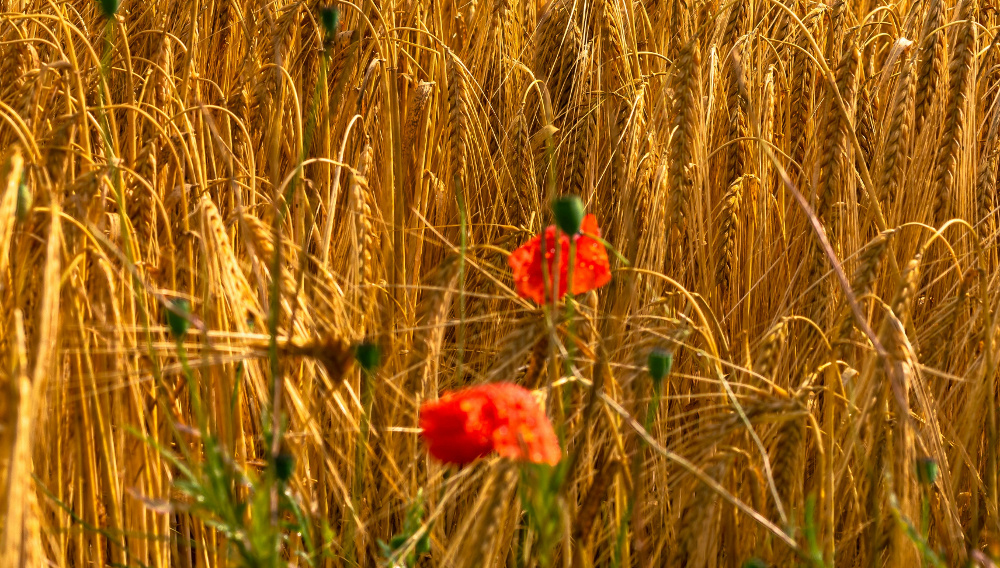
Play of colours | Some barley varieties contain reddish blueish anthocyans and black melanins (cf. the contribution of the authors in BRAUWELT International no. 4, 2024, pp. 198–202). The latter are insoluble in water and alcohol though anthocyans contribute to the characteristic colour of e.g. red wine. An investigation on a laboratory scale was conducted to determine the effect of the parameters pH value of the mash, wort boiling and hop dosage on the reddish colour. However, classical brewing tests with sensory assessment of beer were omitted.
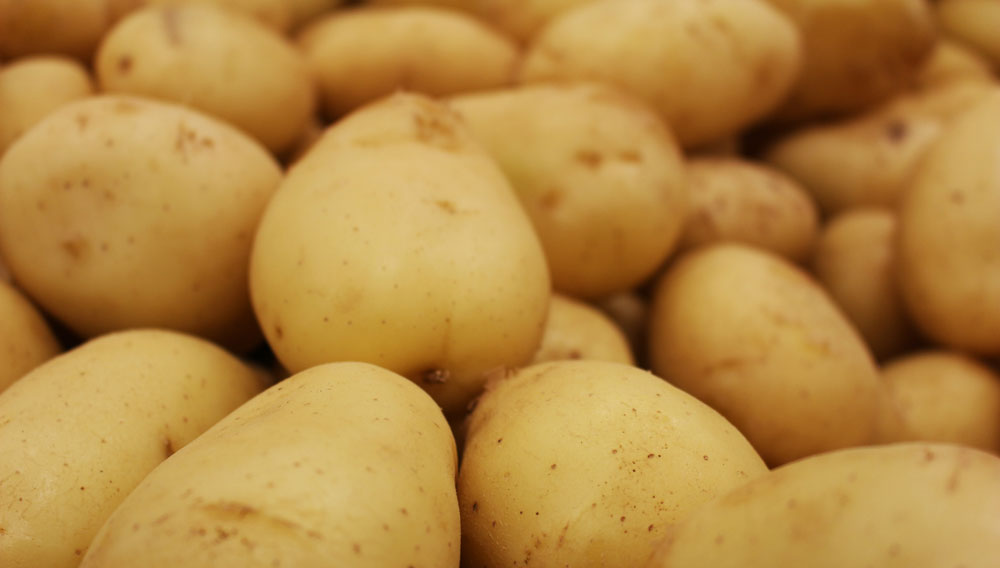
Research findings | For beers produced with potatoes, potatoes can be used only as part of the grist because a sizeable portion of barley and/or wheat malt is needed as an enzyme source for starch breakdown during mashing. In order to produce a gluten-free beer alternative from potatoes, the whole grist has to be made up of raw materials on a potato basis and, thus, mashed with technical enzymes.
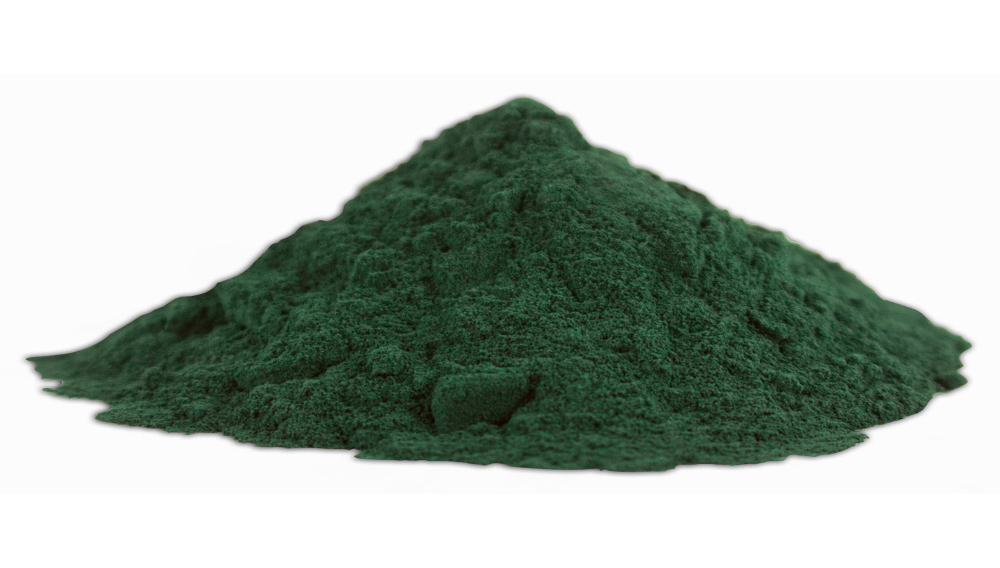
Biomass | Considerable amounts of CO2 are formed during germination of barley in maltings and during fermentation in breweries. In the first part of this two-part series of articles, the concept of algae production in breweries or maltings and an outlook about use, e.g. for biomass production, are presented. In the second part, progress made in developing a beverage from dried algae powder is described.
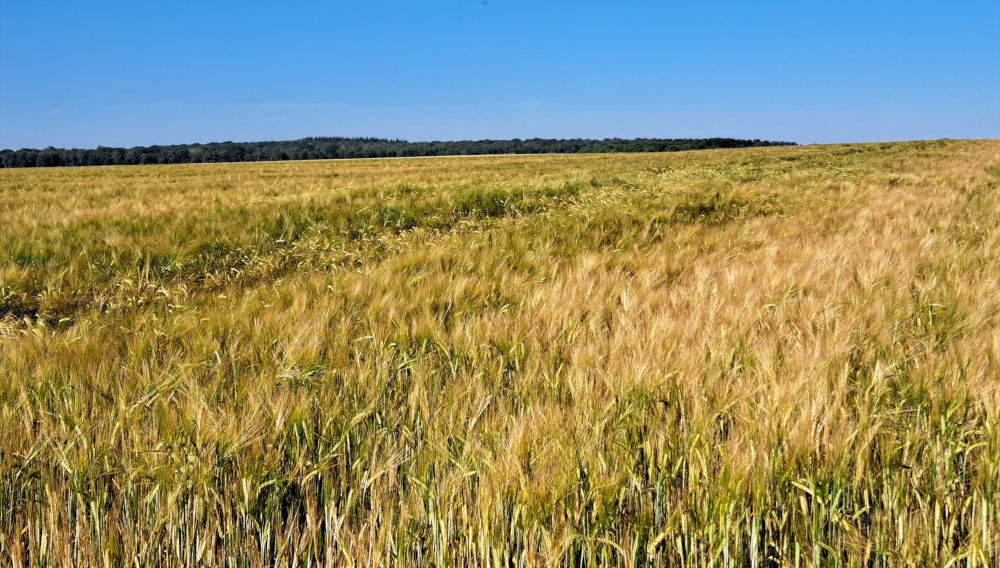
Europe | There’s significantly more spring malting barley available in Europe from this year's harvest than originally expected. However, the results are very heterogeneous – depending on the time of sowing, soil type and weather conditions, even within the same region. Nevertheless, the reported results are better than initially expected. The protein content in particular is often poor. Here the industry will have to come to an agreement with the sellers.
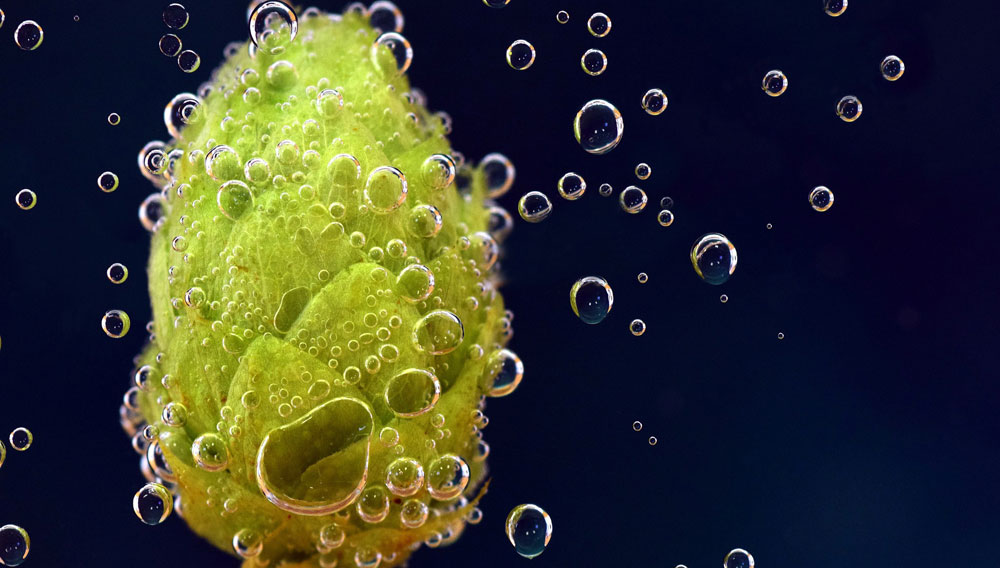
Hopping in the cold stage | The production of hoppy beer requires the use of late hop additions, usually during fermentation or maturation of the beer. The aim of this publication is to introduce a method for transferring hop aroma compounds into beer in the cold stage without directly adding hops to the beer. The method presented here allows for recipe-specific, flexible dry-hopping of beers without the ingress of unwanted particles, thereby avoiding many disadvantages associated with conventional dry-hopping.

Plant secondary compounds | Barley does not always have a yellowish colour: some cultivars have a violet, blue or black colour. Using various analyses, it was possible to gain a more detailed understanding of the pigments of several historical barley breeds. On the one hand, anthocyanins which are regarded as having a health benefit and, on the other hand, a hitherto unknown melanin, the structure of which could be identified to a certain degree, were determined. While melanins are insoluble in water, the anthocyanins could also be used for brewing beers coloured red.
Nuremberg | On 16 July 2024, hop specialist BarthHaas presented the latest BarthHaas Report at an online press conference. It shows that the world hop acreage declined in 2023 for the second year in succession. It decreased by 3.3 percent year on year to stand at 60,641 hectares.
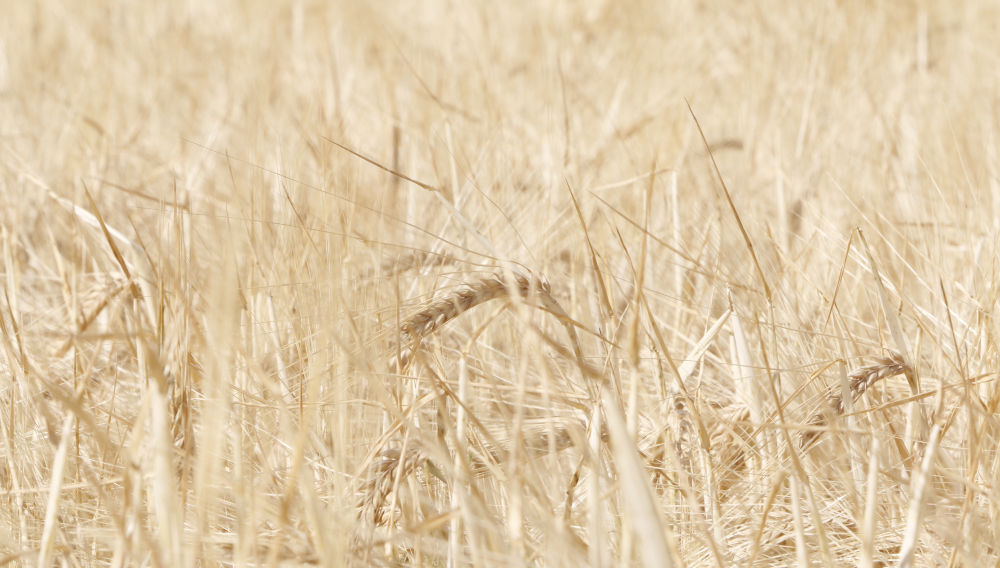
Europe | Spring barley growth in Europe is currently very heterogeneous. High rainfall in spring has led to protracted sowing in some regions.
Nuremberg | On 20 December 2024, BrewingScience will publish its 14th Hop Special, which covers all hop-related topics, from hop cultivation and hop varieties to hop technologies, analytics and the impact on beer. The call for papers is out now.
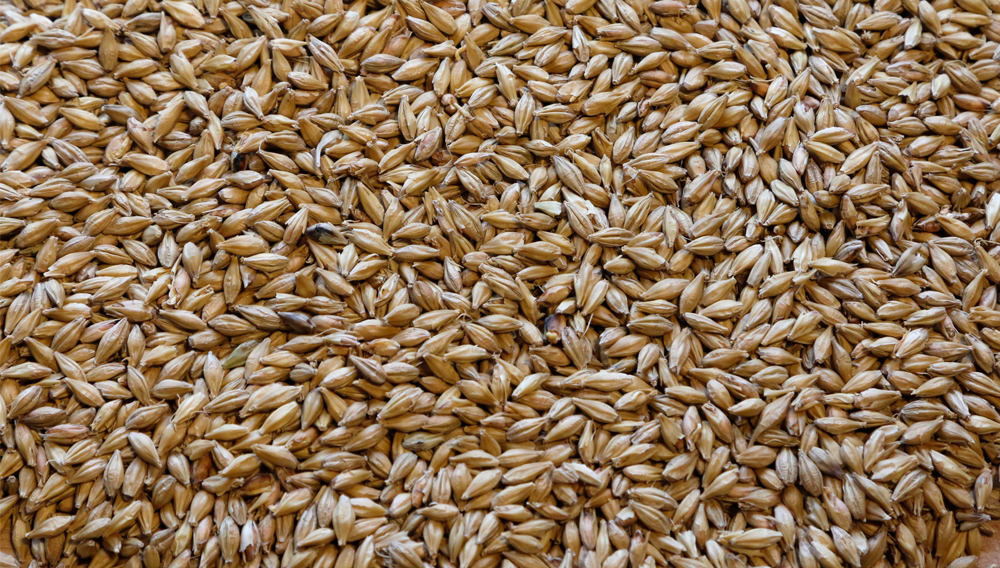
Mashing procedures | In 1996, Stenholm et al. [4] asked: “Are the days of Congress mashing over?” In the following article, Evan Evans and John Brauer examine this question and come to a conclusion which reflects modern brewing practice. Following the article, John Brauer talks with us about the joint Euromalt-EBC workshop on different mashing procedures in October 2023 and the implications for the brewing industry.

